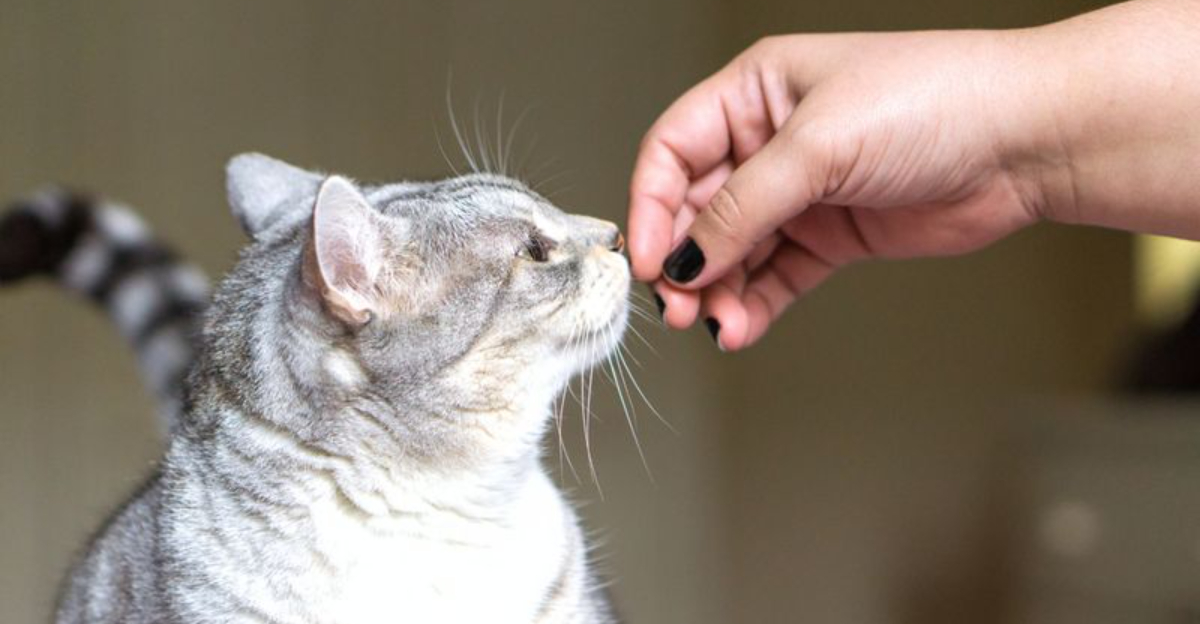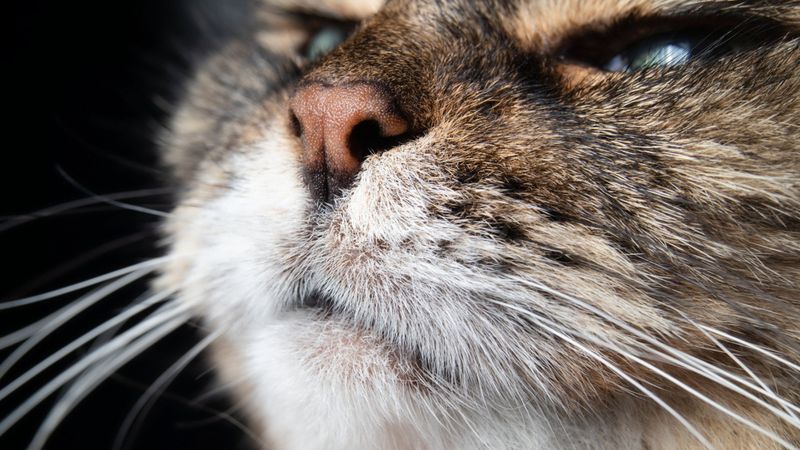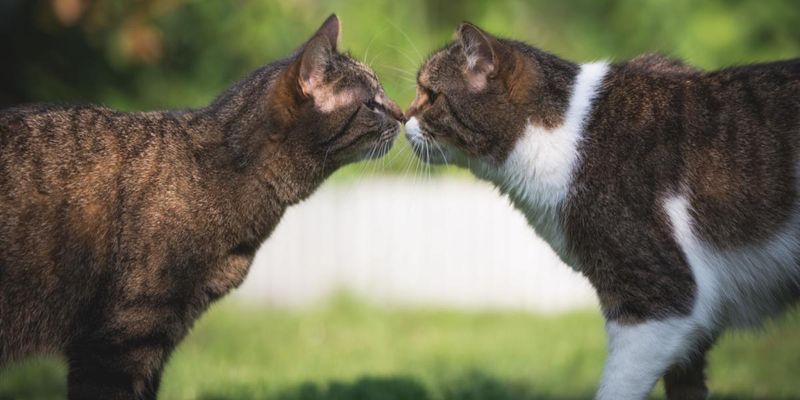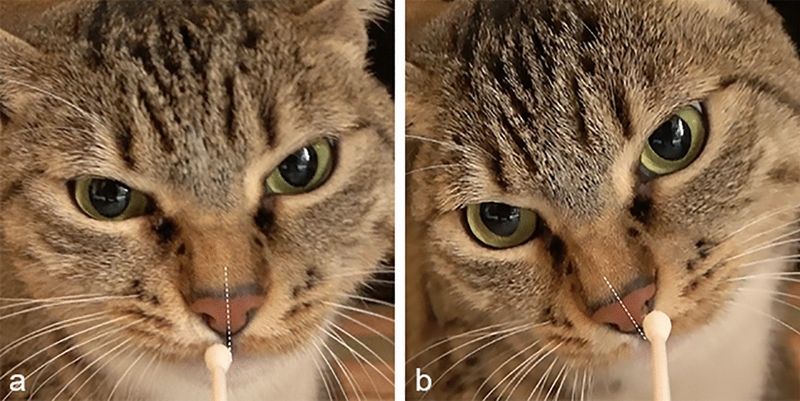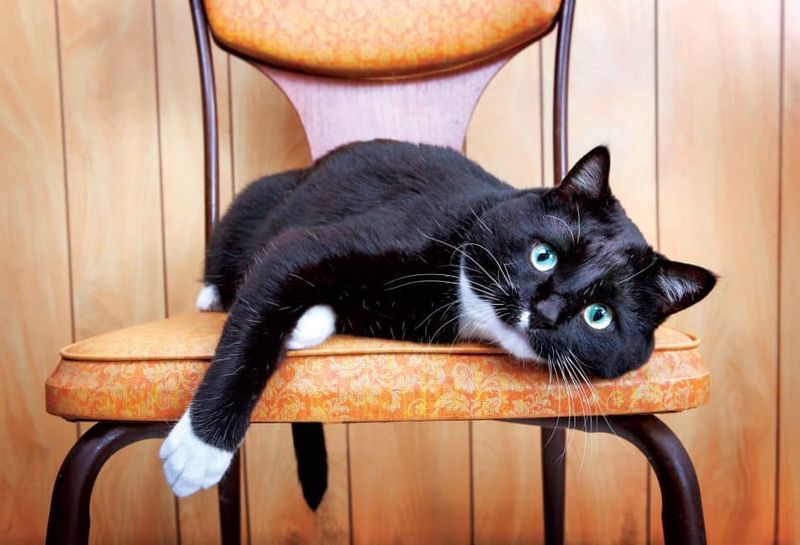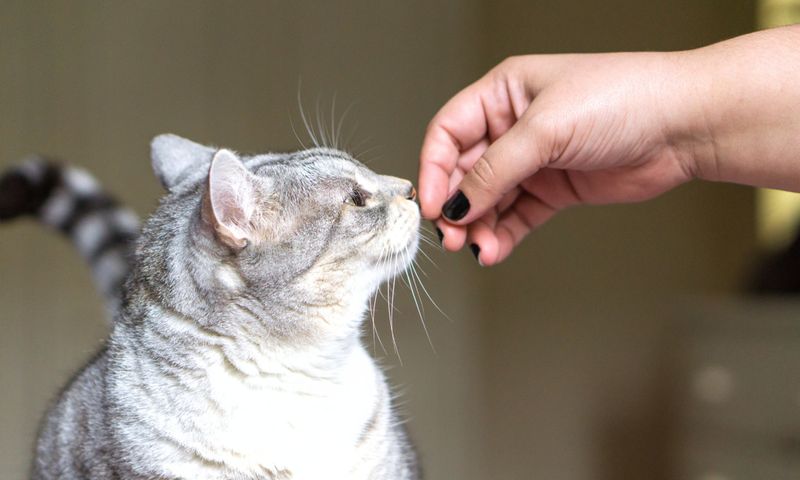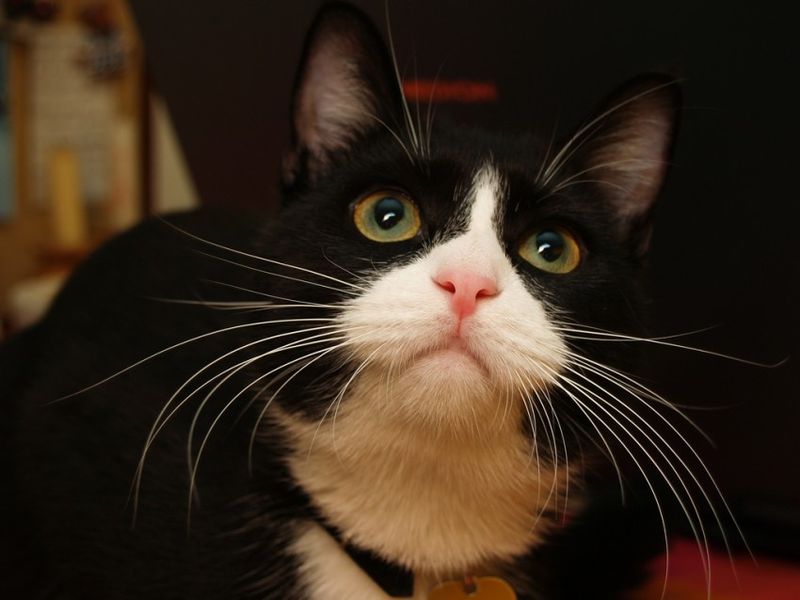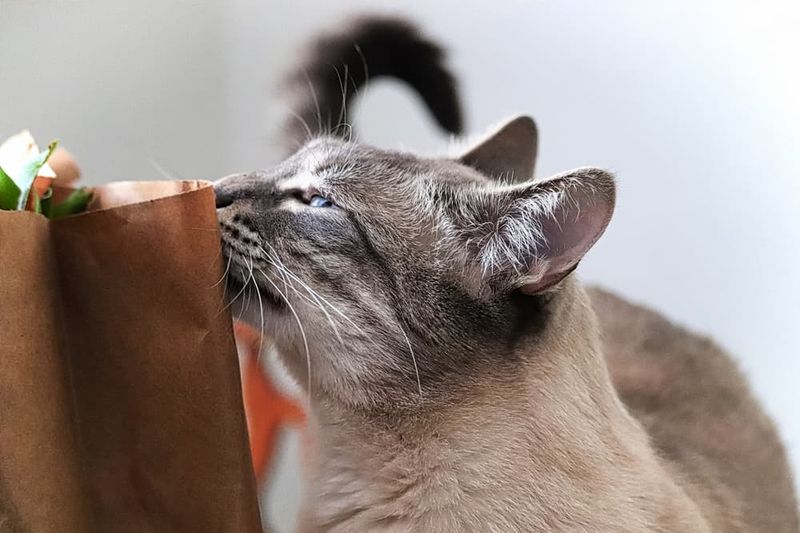📖 Table of Content:
Recent research from Tokyo University of Agriculture highlights the sophisticated olfactory abilities of domestic cats. This study demonstrates that cats can differentiate between the scents of their owners and unfamiliar humans. The research involved 30 domestic cats who were exposed to various scents. Intriguingly, cats showed different behavioral responses based on the familiarity of the scent. This ability not only underscores the complexity of feline sensory perception but also hints at their emotional bonds with humans. With seven fascinating insights, we explore how these furry companions perceive the world through their noses.
1. The Science of Feline Olfaction
Cats possess an extraordinary sense of smell, with over 200 million scent receptors, allowing them to detect subtle differences between familiar and unfamiliar scents. This capability enables cats to distinguish between their owner’s scent and that of a stranger, an ability that plays a vital role in their survival and social interactions. Cats use their olfactory sense to navigate their environment and assess safety. This heightened sense of smell is crucial for recognizing their territory, detecting prey, and even understanding human emotions. Their noses serve as powerful tools for exploring the world around them.
2. Study Setup and Findings
In the recent study, cats were presented with scent samples in a controlled environment. Each cat encountered three tubes containing distinct scents: their owner’s, a stranger’s, and a neutral scent. The findings revealed cats spent more time investigating unfamiliar scents. This behavior suggests a natural curiosity and the importance of scent in their perception of safety and social dynamics. Additionally, researchers observed the cats’ nostril usage, shifting from right to left as they became accustomed to the scent, indicating different brain hemispheres involved in processing new versus known stimuli.
3. Nostril Lateralization in Cats
Cats exhibit a fascinating nostril lateralization when processing scents. Initially, they tend to use the right nostril for unfamiliar odors, indicating the engagement of the left brain hemisphere associated with new stimuli. As the scent becomes familiar, the left nostril becomes more involved, showing a shift to the right hemisphere, which processes known stimuli. This lateralization reflects how cats’ brains differentiate and process information, contributing to their nuanced understanding of the world. Such findings provide a glimpse into the complex neurological mechanisms that guide feline behavior and sensory perception.
4. Feline Personality and Scent Interaction
The study also explored the link between feline personality traits and their response to scent stimuli. Male cats with higher neuroticism exhibited more repetitive sniffing behaviors, while agreeable cats approached the scents with calm curiosity. Interestingly, no such patterns were observed in female cats, suggesting gender differences in olfactory-driven behavior. These findings highlight how personality influences sensory interaction, offering a deeper understanding of individual differences among cats. Personality-driven scent responses not only inform us about cat behavior but also about how they perceive and react to their environment.
5. Cats’ Emotional Bond with Humans
Cats’ ability to recognize their owner’s scent underscores the emotional bonds they form with humans. Scent recognition allows them to feel secure and connected, reinforcing their attachment to their human companions. This capability is not just about identifying individuals but also about feeling reassured by familiar scents. Such olfactory recognition enhances their social interactions, providing comfort and reducing stress. Understanding this aspect of feline behavior reveals the depth of their relationships with humans, showing that they are not as aloof as often perceived, but rather deeply connected through scent.
6. Limitations of Feline Scent Recognition
While cats are adept at distinguishing between familiar and unfamiliar scents, the study does not conclusively prove they can identify individuals solely through olfactory cues. Factors like scent contamination and individual cat behavior may affect results. The complexity of scent perception involves many variables, including environmental influences and personal experiences. Further research is needed to understand the full extent of feline scent recognition and its implications on their interaction with humans. Despite these limitations, the study opens pathways for deeper exploration into the sensory world of cats.
7. Future Research Directions
The study paves the way for future research into the intricacies of feline olfaction. Scientists aim to explore how cats use scent to navigate social environments and form relationships. Potential research areas include examining genetic factors influencing olfactory abilities and how these abilities differ among breeds. Understanding the connection between scent and feline cognition could revolutionize our approach to cat care and training. As we uncover more about their sensory world, we may better appreciate the complexity of feline behavior and strengthen our bond with these intriguing creatures.
